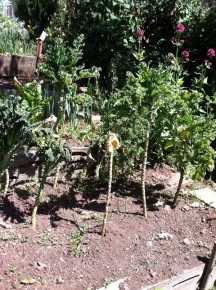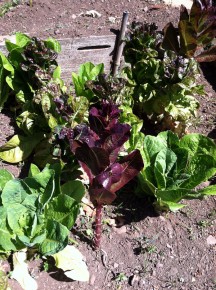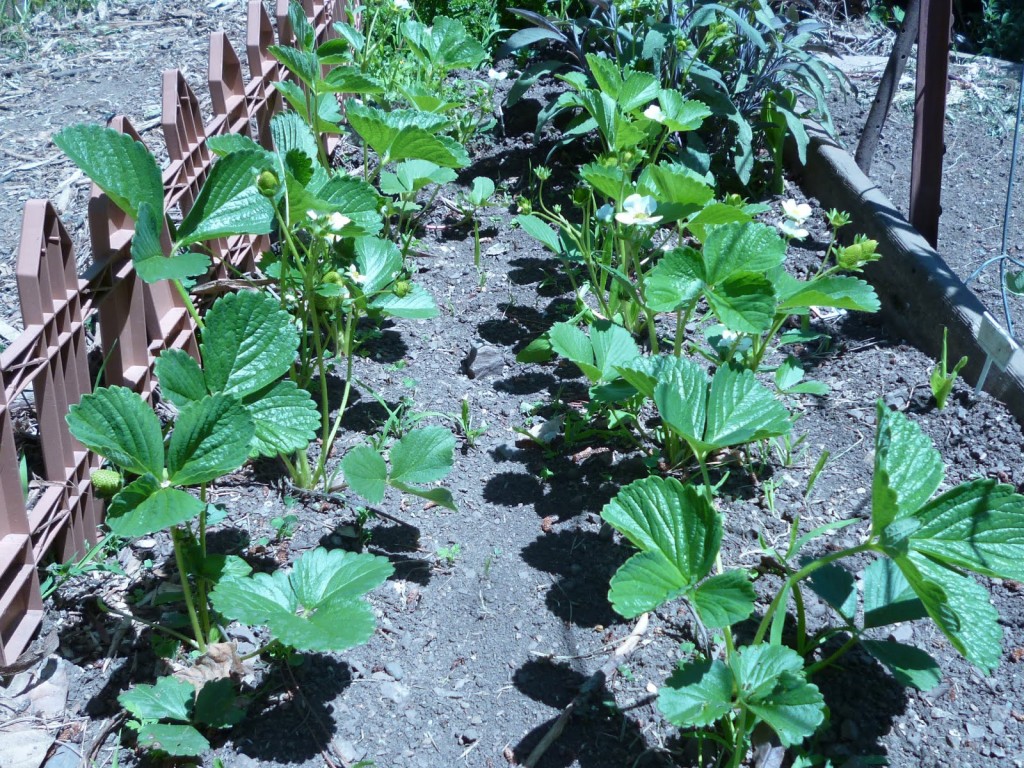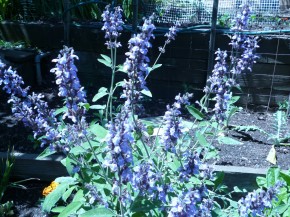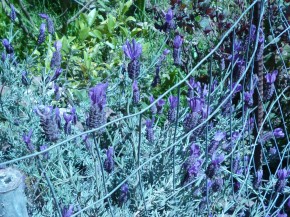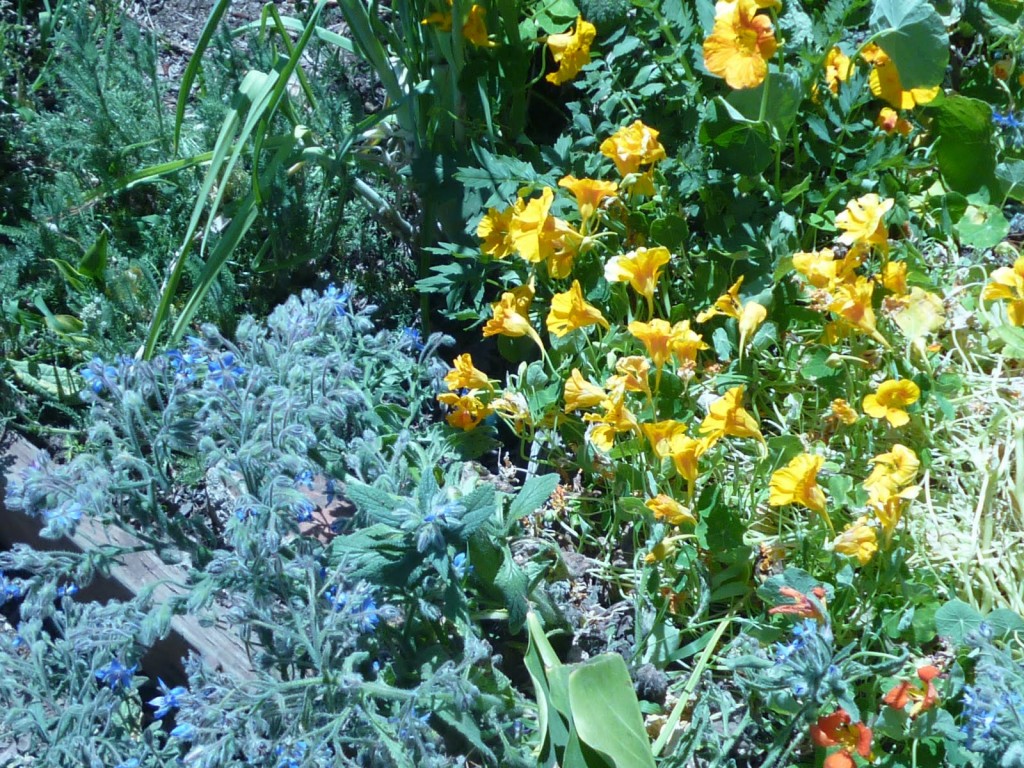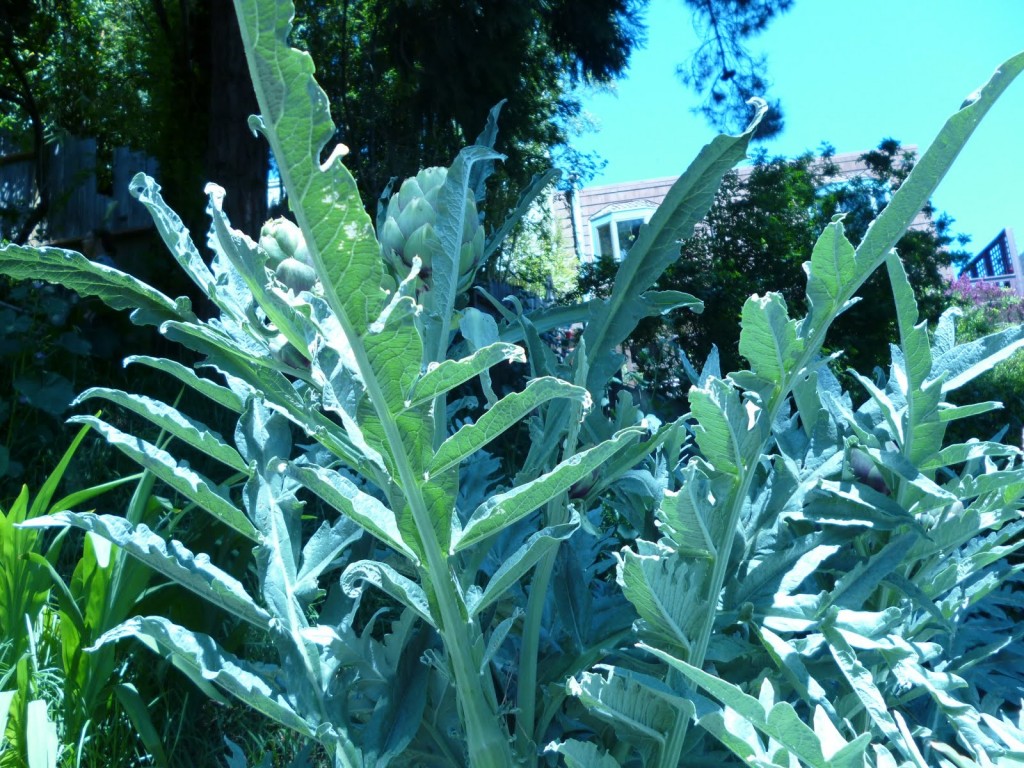How are you getting dirty for Earth Day? This year, the official commemoration falls on Monday, April 22nd, but San Francisco (and other places around the Bay Area) are holding celebrations this weekend, all focusing on greener, healthier living. It's a great opportunity to think about growing some of your own food, whether you've got a sprawling backyard, an underutilized front yard, access to a community garden down the block, or even just a handful of pots or planter boxes on the back stairs. What does it take to turn your urban thumbs a little greener? No matter how much (or how little) space you've got, we've put together some easy-to-follow steps to get you digging deep this spring.
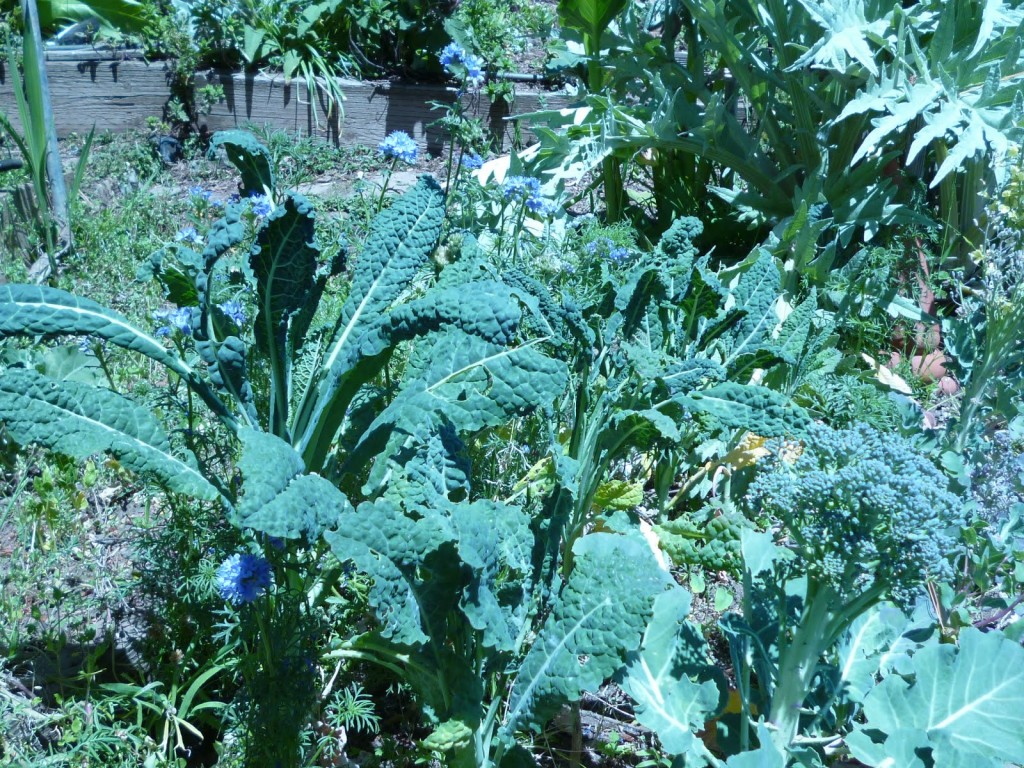
Assess Your Space
How much growing space can you find? How much direct sun (and wind) will you have? San Francisco, in particular, is rife with micro-climates; growing a garden in the Outer Sunset is a very different proposition from planting in the Mission. You can grow lettuces, herbs, and hardy greens, like kale and collards, almost anywhere, but warmth-loving, sunshine-demanding plants like tomatoes, eggplants, and peppers need a reliable 6 to 8 hours of direct sunshine to ripen flavorfully. Making fruit (and seed-filled, fleshy vegetables like tomatoes and peppers count as fruit) takes a lot of effort on the plant's part, demanding a much higher level of nutrients and food (in the form of sugars produced by photosynthesis) than those needed by leafy greens. So, if your yard is a shady one, don't break your heart by planting lots of tomatoes that won't ripen. Stick with cool-loving plants like lettuce, chard, and Asian greens.
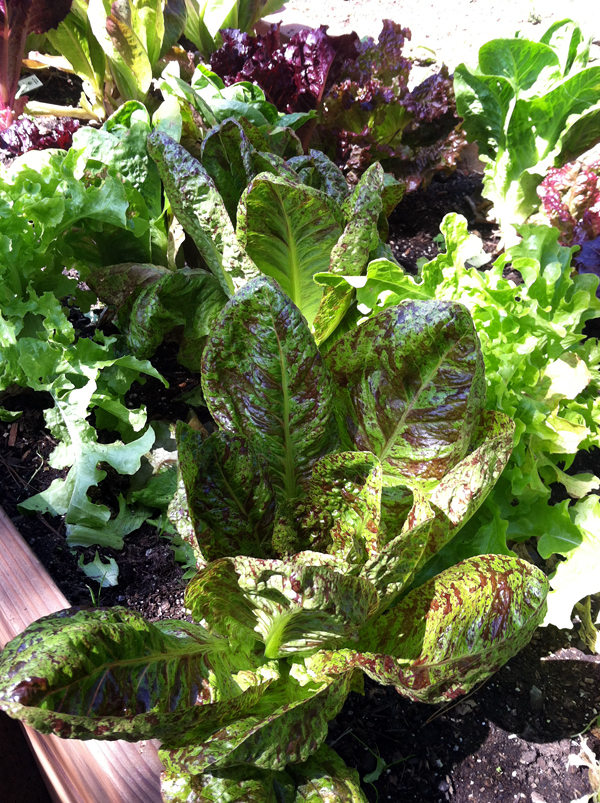
Don't Skimp on the Immediate Gratification
Starting from seed is the cheapest way to get a garden going. But it's also the slowest, and depending on how slug/snail/bird-mobbed your beds are, it can also be the most dangerous, as just-sprouted tender seedlings are the most vulnerable to pest attacks.
If you need to see some evidence to stay interested, buy some well-established seedlings instead. And fun (and tasty) as tomatoes and potatoes can be, they also take months to produce. So remember to plant some quick-to-harvest treats, like lettuce, spinach, mizuna, Asian greens, arugula and radishes, which go soil-to-table in less than 6 weeks. Beets, too, can be harvested young, when they're extra-sweet and tender. Sugar-snap peas also grow like Jack's beanstalk (give them a trellis to crawl up and cling to) and are wildly productive. Plus, they make a great sweet snack right off the plant.
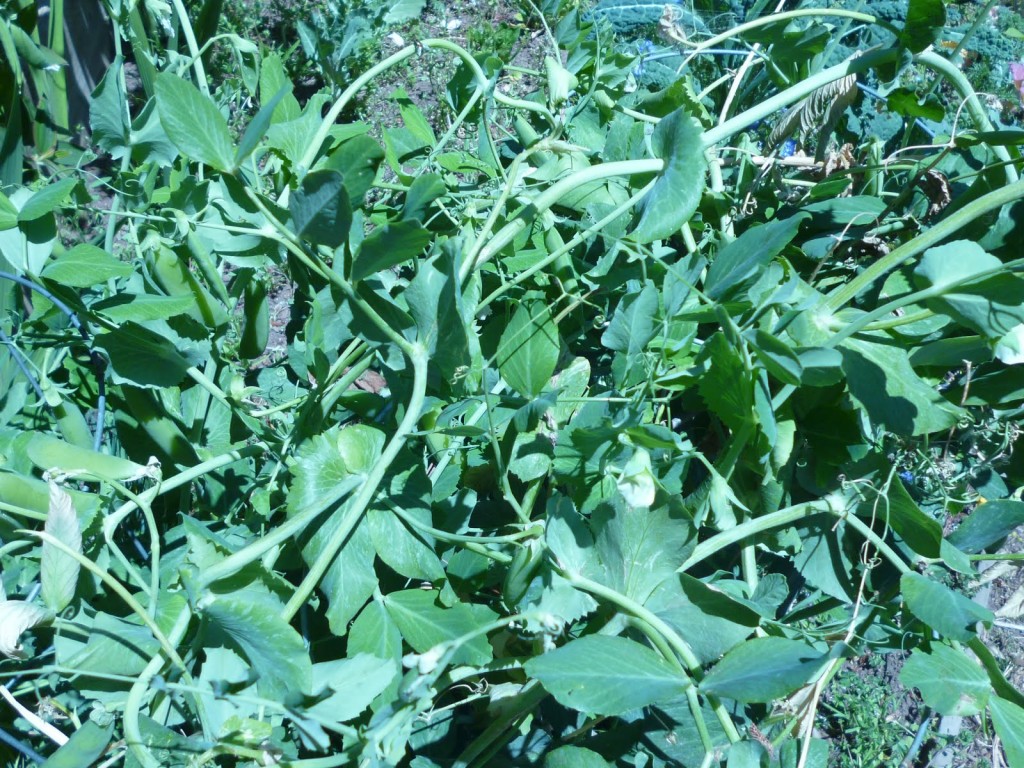
Know Your Soil
Urban soils, even in residential neighborhoods, can have less-than-pristine histories. That's why container gardening--or building raised beds and filling them with fresh soil and compost--is usually preferable for edible plantings, rather than digging straight into your backyard topsoil, especially if you're planting root crops like beets, turnips, carrots, radishes, potatoes. Raised beds or containers can also help discourage critters (like gophers) from digging in from below, while opper strips around the edges can keep snails and slugs at bay. Building your own beds also means you can arrange the height to suit your flexibility; if crouching and bending close to the ground is difficult, plant in barrels or build tall, crate-like beds at a more comfortable level. Sunset magazine's website offers great step-by-step instructions for
building your own redwood or cedar raised beds.
